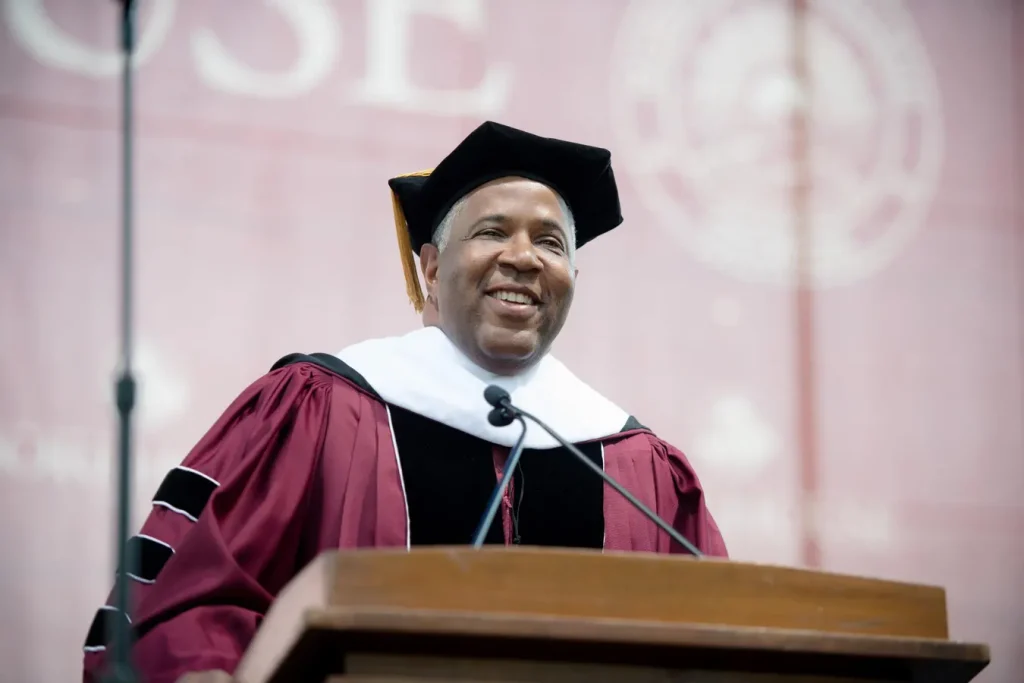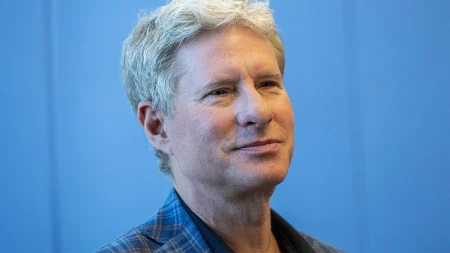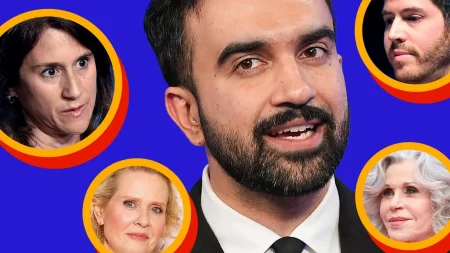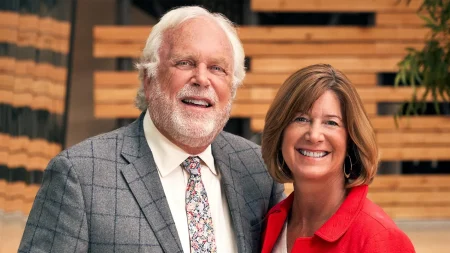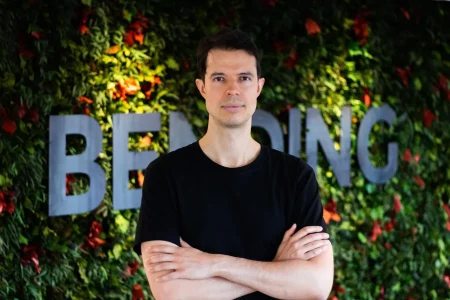The Rise of Billionaire Philanthropy to HBCUs: Bridging the Educational Funding Gap
In a significant development for higher education equity, Howard University recently announced an $80 million unrestricted donation from MacKenzie Scott, marking the latest in her nearly $300 million in gifts to Historically Black Colleges and Universities (HBCUs) over the past two months. This surge in billionaire support comes at a critical time when these institutions face both political challenges to diversity initiatives and chronic government underfunding. Since the 2024 presidential election, at least eight HBCUs have received substantial donations from wealthy philanthropists, demonstrating a growing recognition of these institutions’ importance in providing educational opportunities to underserved communities. Howard’s interim president, Wayne A. I. Frederick, emphasized the transformative nature of these contributions, noting, “We’re providing opportunities to people who might not otherwise have access to higher education. You’re not just changing their lives, you’re often helping create generational wealth and opportunities for families who have never had that access before.”
The recent wave of giving extends beyond Scott’s generosity. Home Depot co-founder Arthur Blank’s foundation contributed $50 million to Atlanta’s HBCUs, while Robert F. Smith, known for paying off the student loans of Morehouse College’s 2019 graduating class, is expanding an initiative providing significant loans to students at more than 70 HBCUs and minority-serving institutions. Other notable billionaire supporters include Michael Bloomberg, who donated $705 million, primarily to strengthen endowments at historically Black medical schools; Netflix co-founder Reed Hastings, who with his wife committed $130 million to HBCU scholarships; and Oprah Winfrey, whose support for Black education dates back to 1989. For smaller institutions like Huston-Tillotson University in Austin, Texas, which received a record-breaking $150 million from the William Lewis Moody Jr. family foundation, these donations represent transformational opportunities to improve student living conditions, academic spaces, and overall strategic planning.
The financial disparities between HBCUs and predominantly white institutions remain stark despite these generous contributions. According to a May 2024 White House report, public HBCU endowments stand at approximately half those of their non-HBCU counterparts, while private HBCUs fare even worse, with average endowments per student at just one-fifth of private non-HBCUs. This context makes recent donations all the more significant, as they begin to address long-standing inequities in educational funding. Huston-Tillotson’s president, Melva K. Wallace, highlighted the particular importance of supporting smaller private institutions: “Some of the dollars that have been flowing to HBCUs have been going to state-supported schools, and that’s really great. But you have small private institutions who have been plugging along and doing the work for over 150 years like HT. That money could really transform the lives of students who desire a liberal arts education.”
MacKenzie Scott has emerged as the most prolific HBCU donor, contributing an estimated $849 million to these institutions as part of her broader $19 billion philanthropic mission following her divorce from Amazon founder Jeff Bezos. In recent weeks alone, she has donated to multiple HBCUs, including $50 million to Virginia State University, $42 million to Alcorn State, $38 million to Spelman College, and $63 million to Morgan State, among others. Michael Bloomberg ranks as the second-largest HBCU benefactor, with contributions totaling $705 million, including a substantial $600 million gift to strengthen endowments at the nation’s four historically Black medical schools. Other major donors include Robert F. Smith ($134 million), Reed Hastings ($130 million), and medical equipment heir Ronda Stryker ($100 million), all of whom have focused their giving on addressing financial barriers to education through scholarships, infrastructure improvements, and debt reduction.
Despite this impressive influx of support, the gap between HBCU funding and that of elite institutions remains enormous. While Howard University’s endowment stands at approximately $1 billion and Huston-Tillotson’s at around $15 million (before recent gifts), traditional powerhouses like Harvard and Yale boast endowments of $56.9 billion and $44.1 billion respectively. Billionaire philanthropy still overwhelmingly favors already well-funded institutions—Ken Griffin has pledged more than $500 million to Harvard alone, while Phil Knight’s recent $2 billion gift to Oregon Health & Science University for cancer research exceeds all known billionaire donations to HBCUs combined. This sobering comparison highlights both the progress made and the considerable distance still to travel toward educational equity, even as notable figures like Jay-Z (with a $2 million scholarship fund) and Michael Jordan (with a $1 million donation to Morehouse) join the growing roster of HBCU supporters committed to expanding educational opportunities for Black students.
The recent surge in philanthropic giving to HBCUs represents a meaningful step toward addressing historical funding inequities in higher education, but also underscores the persistent challenges these institutions face. As more billionaires recognize the crucial role HBCUs play in creating educational pathways and generational wealth for underserved communities, their support helps bridge critical funding gaps while drawing attention to the systemic disparities that have left these institutions at a disadvantage for generations. The transformative impact of these donations—whether funding scholarships, reducing student debt, improving infrastructure, or strengthening endowments—extends far beyond campus boundaries, creating ripple effects that benefit families and communities for years to come. While much work remains to achieve true funding parity in American higher education, the growing commitment from wealthy donors signals an important shift in philanthropic priorities toward institutions that have historically done the most with the least to advance educational opportunity and social mobility.





